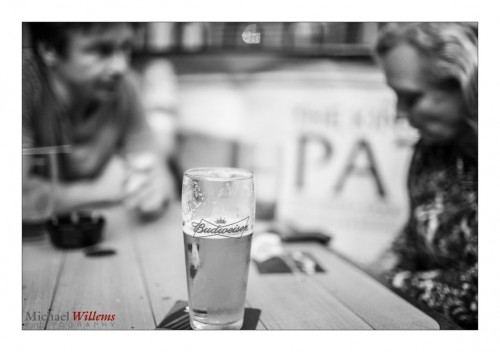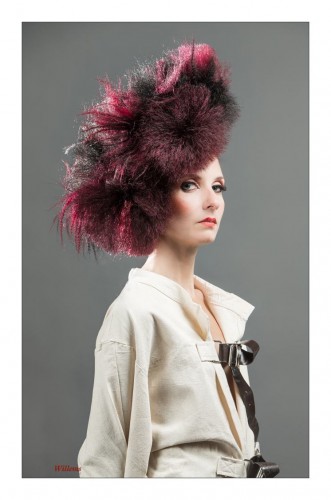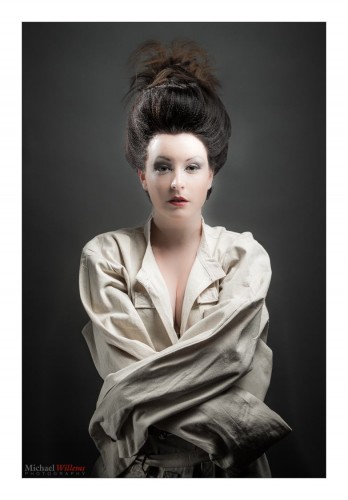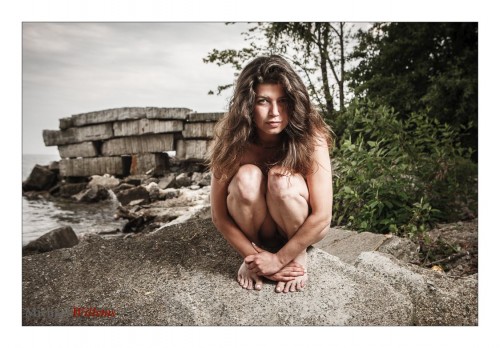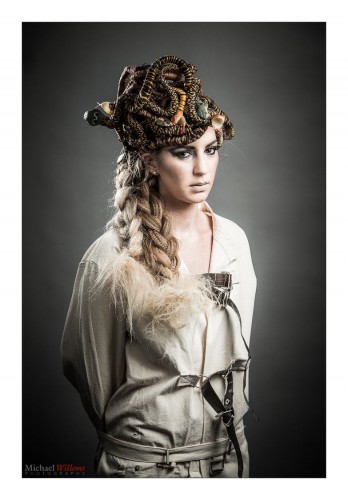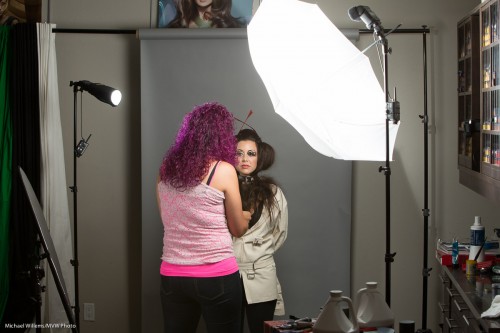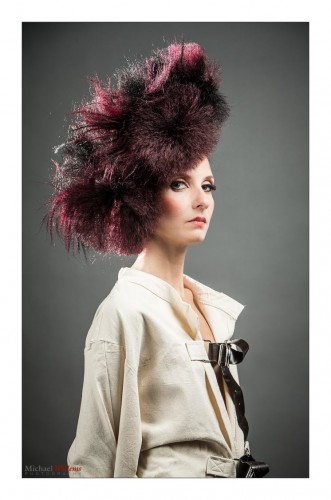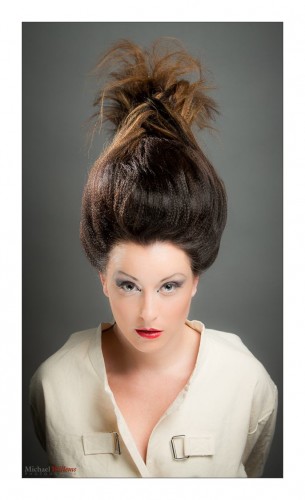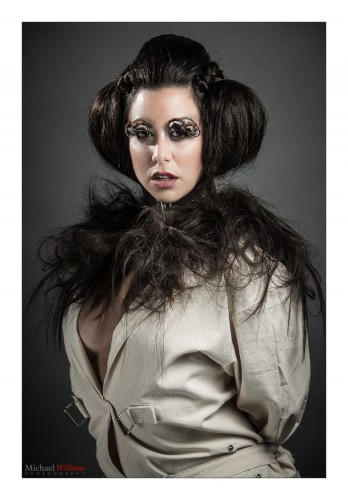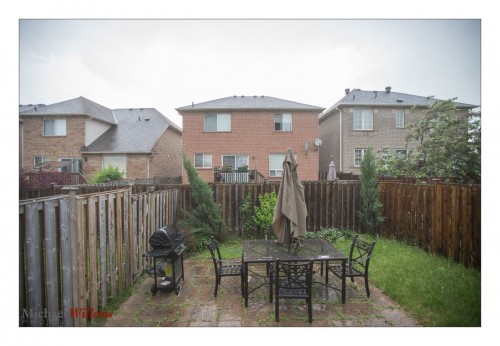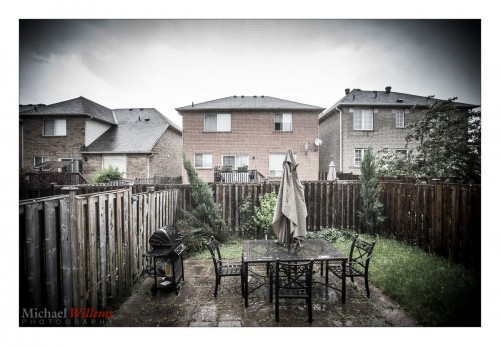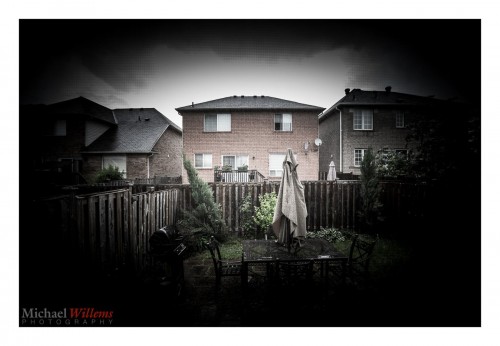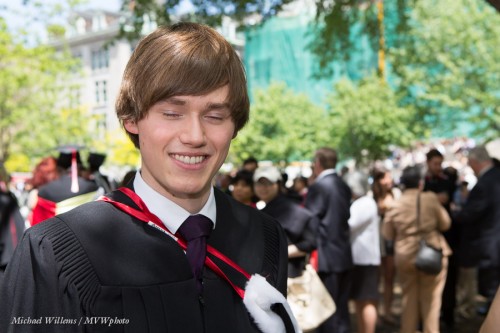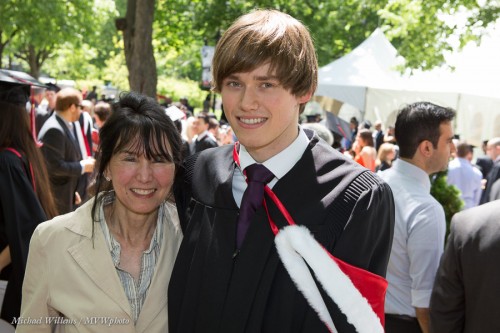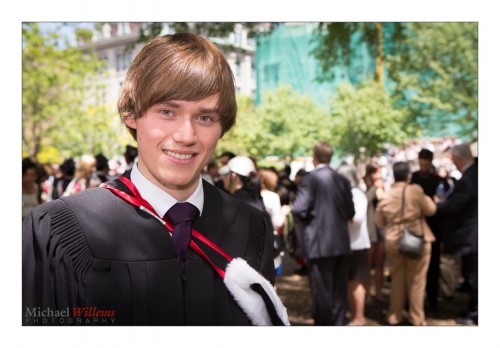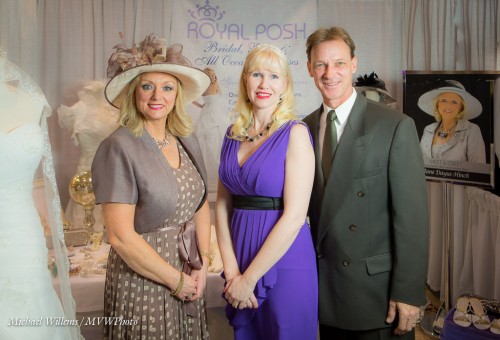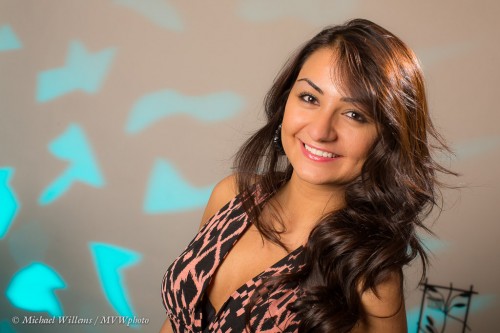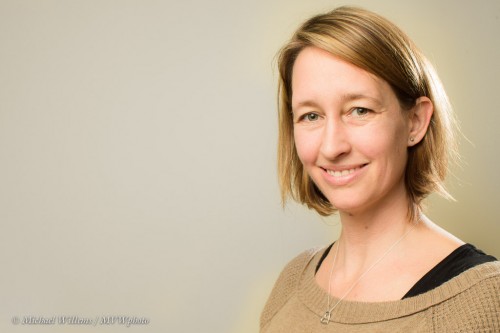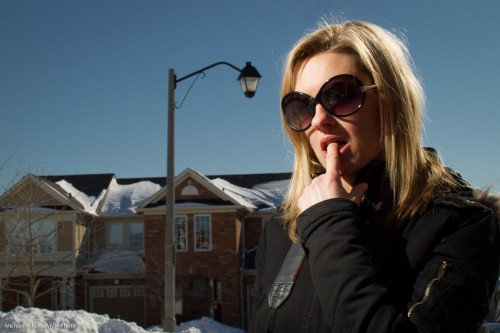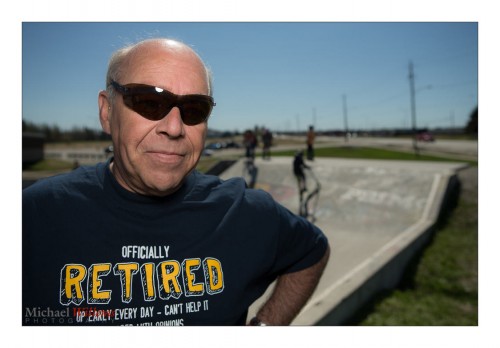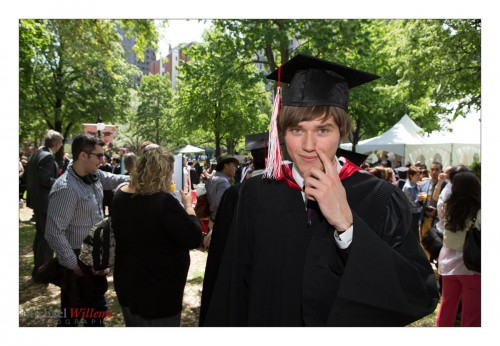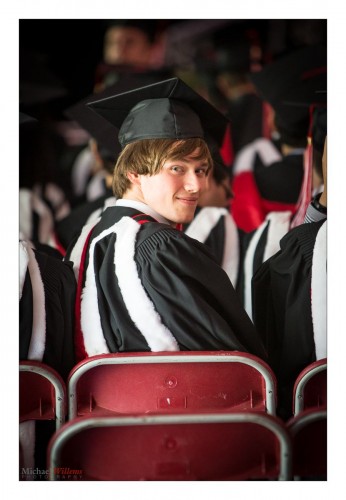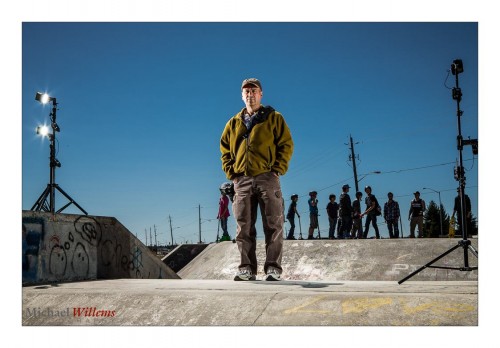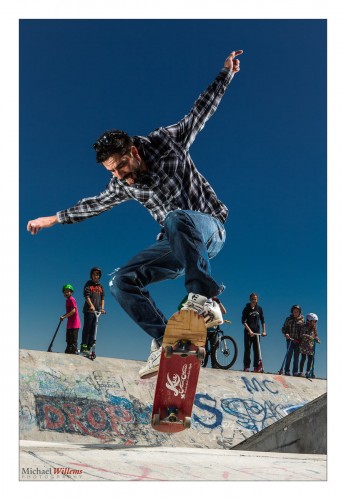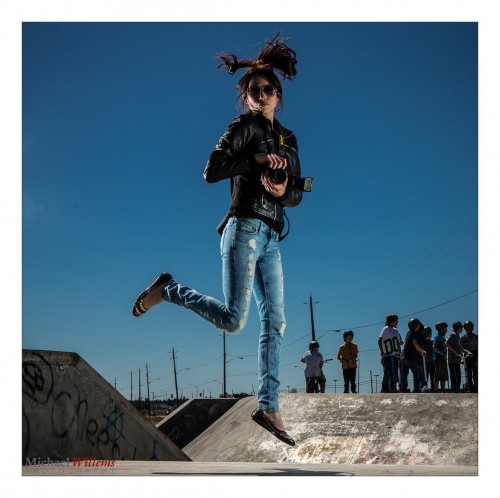When you hire a pro, you get certain benefits. Like the ones in this list.
And when you shoot, why not behave like a pro also? Life’s easier when you do.
“After The Business Meeting, A beer” (June 2013)
For tomorrow’s shoot, an outdoors birthday party with family shots, I am beginning with a checklist. Here’s mine for tomorrow:
- Prepare the cameras – at least two, since you must have a spare for everything you bring.
- Everything cleaned.
- Camera bag packed with all neede daccessories.
- Camera batteries charged.
- Flash batteries charged.
- Spare batteries packed.
- Strobe power pack charged,
- Large lights (studio strobes) packed.
- Light stands packed.
- Flash accessory bag checked and full. Including pocketwizards (with good batteries), modifiers, attachments, cables, and a light meter (including spare battery) . I have a separate checklist for that bag.
- Everything sitting by the door.
- Assistant arranged
Then I organize the shoot itself: I have a checklist for the shoot that ensures I know things like:
- Names, phone numbers
- Address of shoot
- Parking checked
- Car fuelled up prior to shoot
- Change, ID, etc packed
- Small items like comb, pens, note pad, etc packed
- Business cards packed
The small things make the difference. A shoot like tomnorrow’s, what do I bring in the way of lenses:
- Canon 1Dx with 24-70 f/2.8L
- Canon 7D with 70-200 f/2.8L
Then I bring a 35mm prime, a 50mm prime, and a 16-35mm f/2.8. Optionally, I bnring the 100mm macto and the 45mm f/2.8 tilt-shift lens.
The FIVE SUCCESS FACTORS for this type of shoot:
- Bring all sorts of stuff even if you do not expect to need it.
- Spares for everything.
- Checklists, on paper.
- Prepare the night before.
- Get there early.
Have fun!
Michael
PS those of you who say “but that’s a lot of work!” – yes, that is why you pay the pros for their work. It’s work, real work…!

